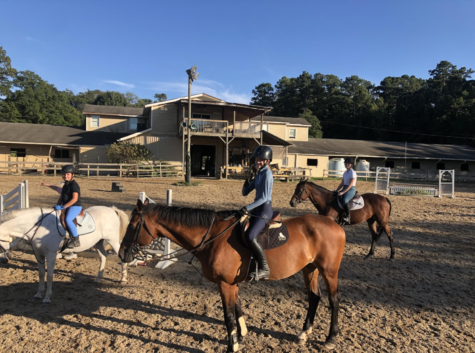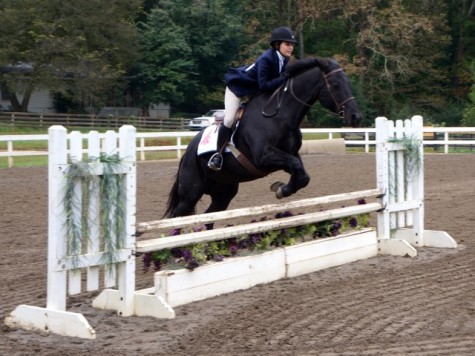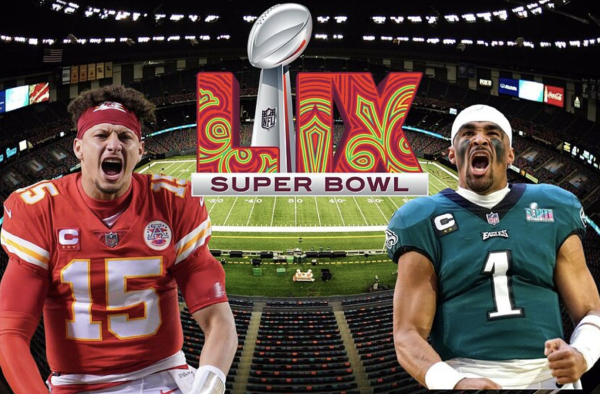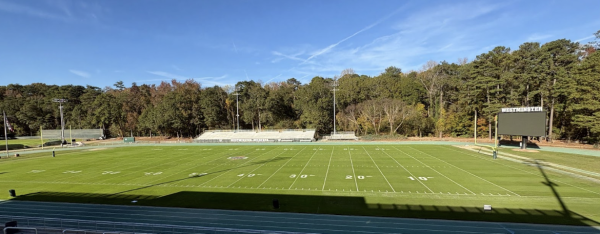Equestrian team hopes to attract male riders
Equestrian is a challenging and competitive sport where the horse and the rider must work together to achieve a goal. At a professional level there are more men than women competing, but, curiously, at the high school level the ratio of male to female participants is exponentially less. The school has an Interscholastic Equestrian Association club team with a sole male member, senior Jack Weathersby.
Weathersby has been riding horses for over ten years at summer camp. When he entered high school, he decided to step it up a notch.
“My freshman year I decided that the level of teaching I was getting there wasn’t sufficient,” said Weathersby.
At the time, Weathersby did not own his own horse but learned that he could compete with the school team without one. At IEA competitions, a rider is randomly assigned to a different horse every time they enter the ring. This led Weathersby to join the team, and for the last few years he has been the only male participant.
“I wish I knew what was stopping boys from riding,” equestrian coach Betsy Allifi said. “If you look at the professionals, most of them are men. I just wish more boys were willing to ride at a high school level.”
Allifi has been in the world of equestrian for over forty years and coaches the Westminster and Pace teams. Allifi hopes that in the coming years male attention to the sport will grow and equestrian will no longer be viewed as a “girl’s sport.” Freshman rider Anna Harrison says lack of male participants is part of the reason other boys are not interested.
“Riding is typically viewed as a more feminine sport,” Harrison said. “I don’t think that’s fair because it’s pretty intense.”
Horseback riding involves the use of nine major upper and lower body muscles along with several minor muscles. To be a good equestrian rider, you must be strong enough to control the horse while at the same time controlling yourself. If a rider uses too much force and not enough gracefulness he or she could look jerky and uncomfortable on the horse. While the sport’s participants are mostly girls at a high school level, Weathersby believes that boys are starting to join in.
“In the last few years that I’ve competed, I’ve begun to see a lot more guys at the shows,” said Weathersby. “I don’t particularly know why but I guess it’s one of those things that just changes over time.”
It seems to be a never-ending cycle. Boys look at the sport and decide to not participate because it’s a girl-majority sport. Freshman Andres Malave has never had any experience riding but believes there is a valid reason that boys like him are unwilling to try it.
“It has gotten the connotation of being a more feminine sport,” said Malave. “Guys are less willing to try it with that sort of establishment.”
While some boys are hesitant to join because they feel they would not fit in, no such thinking occurs among the team.
“I wouldn’t say Jack’s one of the girls, because he’s not,” said Harrison. “But there’s not really a big rift between him and all of us.”
Freshman rider Carden Pressley affirms Harrison’s point.
“He just fits in,” said Pressly.





